Dambulla a town situated in the border of the Central and North Central Provinces of Sri Lanka has been in the limelight from ancient times. Today it is a bustling commercial hub ‘The Awakened City’ attributed for its banks being kept open 24/7 for business. The transit point for all agricultural and farm produce coming from the central hills and the extreme north of Sri Lanka.
The history of Dambulla goes back to the 1st century. based on a large cave formation on a massive, gargantuan rock outcrop that is visible from miles around the plains. Earliest recorded history says King Uttiya [267-257 BC] donated the caves to the Sangha [Buddhist Clergy] as dwellings. King Walagambahu, who became the king for the second time, converted it to a Buddhist image house. King Walagambahu was deposed in the South Indian Chola invasion of 103 BC; while being just five months in reign. The Maha Kalu Sinhalaya [the dark skinned Sinhala King] fled the city of Anuradhapura into hiding for 14 years, living in caves and other, organising forces for invasion. He regains the Kingdom for a second term defeating the Chola in 83 BC and reign till 77 BC. Almost all the caves where he dwelt during the 14 years in hiding were converted to Buddhist temples or image houses. Dambulla being the largest and best preserved has had state patronage from succeeding rulers.
Colonial history in Sri Lanka notes two insurrections against the British rule in 1817 and 1848 that are connected to Dambulla. During the Uva rebellion in 1817 the British troops that were sent to Matale to quell the out brake is said to have been quartered in the Dambulla Cave Temple, with the strictest orders issued against doing any damage to the image house.
In 1848 the economic recession in the United Kingdom, burdened the Kandian peasantry with direct taxation from the colonial rulers. License fees were imposed on guns, dogs, carts and shops. Labour on plantation roads was made compulsory. The taxes bore heavily on the purse and traditions of the Kandyan peasant. A mass movement against the oppressive taxes was developing. The masses without a King and their chieftains crushed in the Uva rebellion sort leadership through ordinary people. In July 1848, Gongalegoda Banda is consecrated as "Sri Wickrama Siddapi" by the head monk of Dambulla Vihara, Ven. Giranegama Thera. His brother Dhines, was declared the sub-king, while Dingirala named the uncrowned king of the Sath Korale [Seven Counties]. Puran Appu was appointed the prime minister to Gongalegoda Banda. It is noted that an army of around 4000 left Dambulla via Matale to capture Kandy from the British. They attacked the Kachcheri Building in Matale, destroying tax records. Dingirirala instigated attacks in Kurunegala. Martial Law was declared in Kandy and Kurunegala. Puran Appu is taken prisoner and executed. Gongalegoda Banda and his brother Dhines goes into hiding. They were arrested and put on trial for waging war against the British King. The court condemns them to be hanged. Subsequently, a proclamation is issued to amend the death sentence to 100 floggings and deportation to Malacca [Malaysia].
It is this defiance nature of the Dambulla Temple that distanced it from the other two superior temples of the Kandian era; the Malwatte and the Asgirirya. One could conceive it to be the same rebellious approach the temple has had in recent times against the Kandalama Hotel that came up in its vicinity, the demand to build the Dambulla Cricket Stadium on temple land, the launching of a national radio broadcasting channel ‘The Rangigiri Dambulla Radio”. The new Rangirir Dambullu Temple built at the foot of the pathway to the cave temple with a colossus Buddha statue depicting the Mahayana features and lately the displeasure towards a mosque being renovated and expanded.
As importantly however, some things haven not changed. In particular the richly painted cave temple still attracts a multitude of travellers and pilgrims as in the past. Dambulla today is a world renowned tourist destination in Sri Lanka and a node point within the cultural triangle of tourism. [the area within the cities of Anuradhapura, Pollonnaruwa and Kandy]
The uniqueness of the Dambulla Cave Temple is that it has been well preserved restored and upgraded with state patronage throughout. Records show that King Nissanka Malla [1187-1196], renamed the temple the Rangiri Dambulla after restoration and gold gilding of several Buddha images. King Keerthi Sri Rajasingha [1747-1782] restored the complex completely and converted the third cave as an image house and introduced his own statue in it. The next major phase of development took place in the 18th century; the upper terrace was restored and refurbished. The painted surfaces within the caves were re-painted or over painted in a style characteristic of the Kandian era. The front screen walls were rebuilt and roofed to form an outer veranda. Even with the royal patronage ending in 1815 [the king of Kandy is captured and deported by the British], periodic repainting of sculptures and touching up of the deteriorating surfaces continued. In 1915, thanks to the efforts of a local donor, the 5th cave was entirely repainted. The veranda was rebuilt incorporating a mixture of European and Asian detailing, with an entrance porch reconstructed in a conjectural 18th century style in the 1930’s.
The paintings have been touched up by folk artists who were assigned on royal decree. Jeevan Naide from Nilagama was the last link of this Sittara clan who passed away recently. The restoration work by the Nilagama family has been recorded in detail in the Nilagama Tudapatha, [a palm leaf manuscript] where the skill of Jeevan Naide and his ancestors is dealt in detail. The pigments were from vegetable dyes and soil forms mixed with oil extracted from the bark of the Dorana tree that gave a varnished sheen to the paintings preserving it from insects. The paint brushes too were made of natural plant fibre; mainly Vatekeiya [Pandaness] and cat fur.
Dambulla has also one of the richest collections of Sri Lankan sculpture amounting to 158 Buddha images in the form of standing, meditating and reclining postures. Outstanding figures of gods, deities and Bodhisatva [Future Buddha] and three royal portrait sculpture. A large number of these statues date from the mid Anuradhapura period. Even though these images have been restored their original styles and iconography have been preserved. The materials used for the sculpture were wood, bricks, clay, terracotta and even live rock and cotton netting.
Dr Ananda Coomaraswamy’s treasured book ‘The Medieval Sinhala Art’ come into life at Dambulla. The joinery in timer work in the door sashes, the stone work in the door frames and the intricate timber door bolts the ‘Dandu Agula’ are all still serving good ….though centuries old.
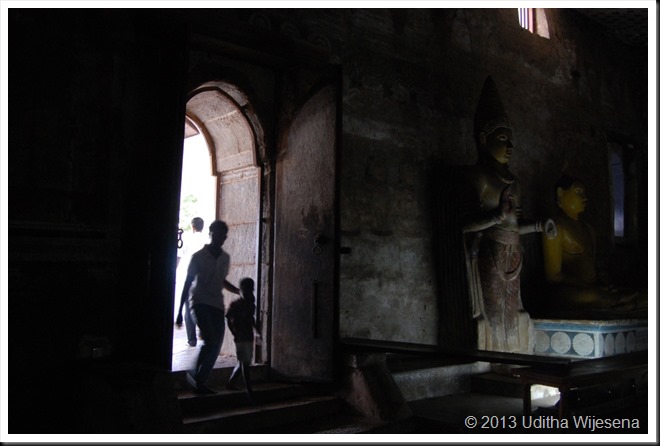
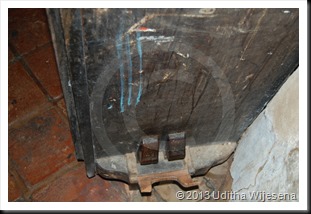
The ‘Dandu Agula’ still in good order… though centuries old


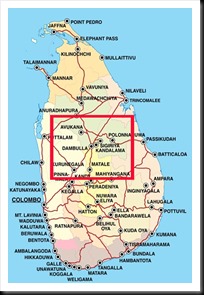
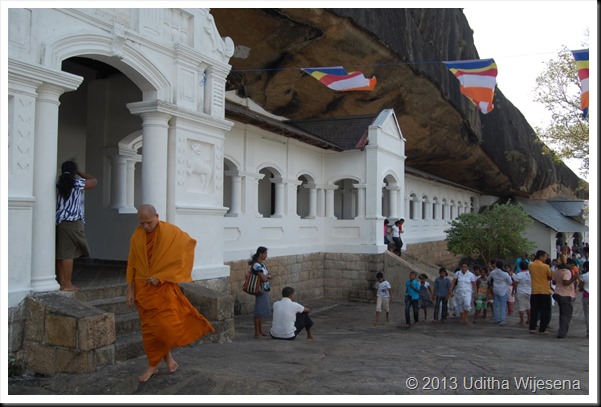
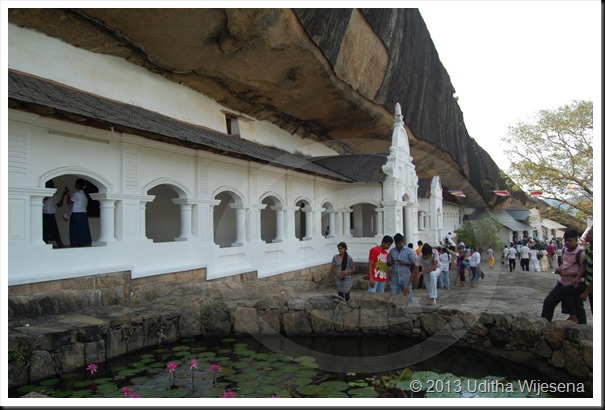
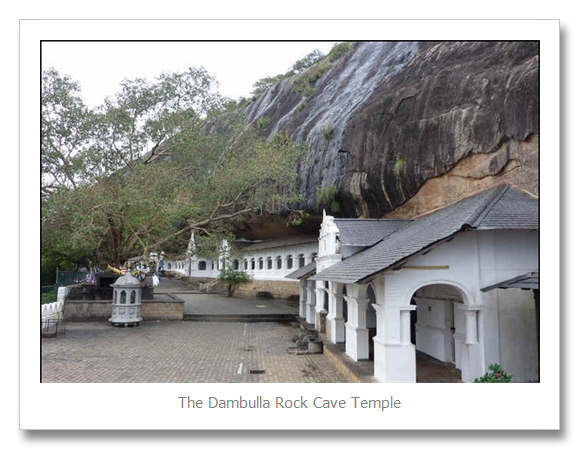
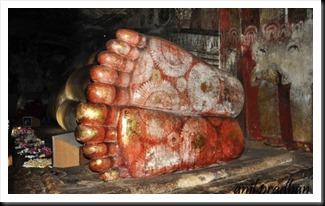
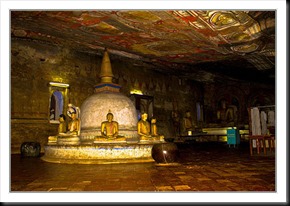
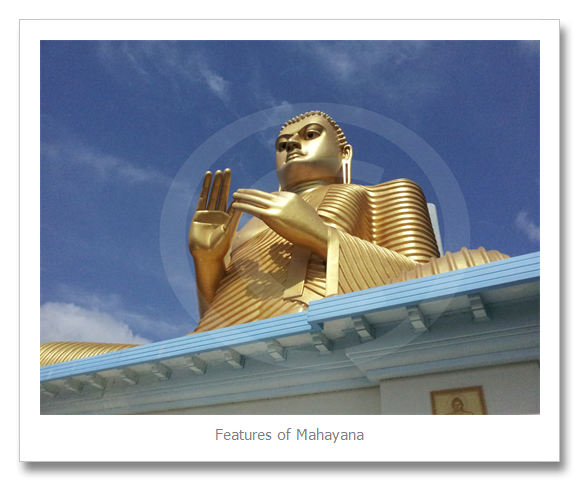

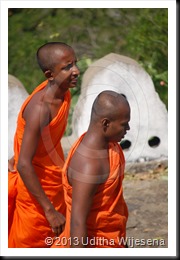
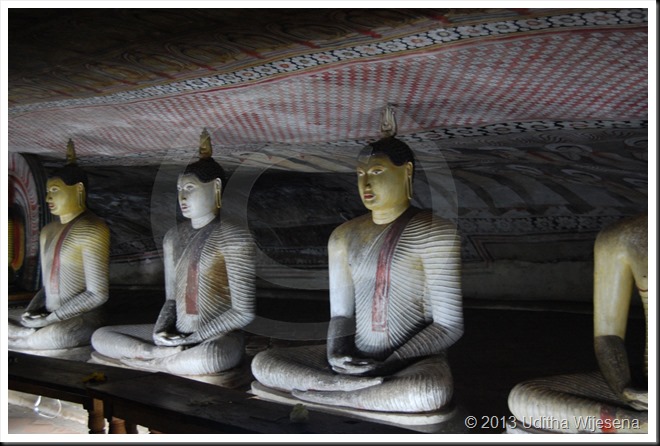
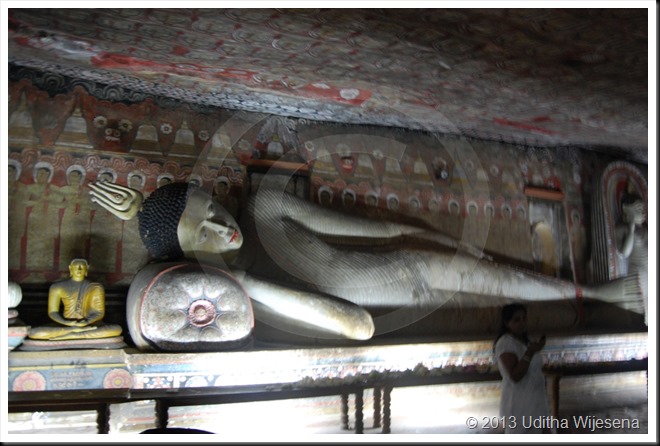
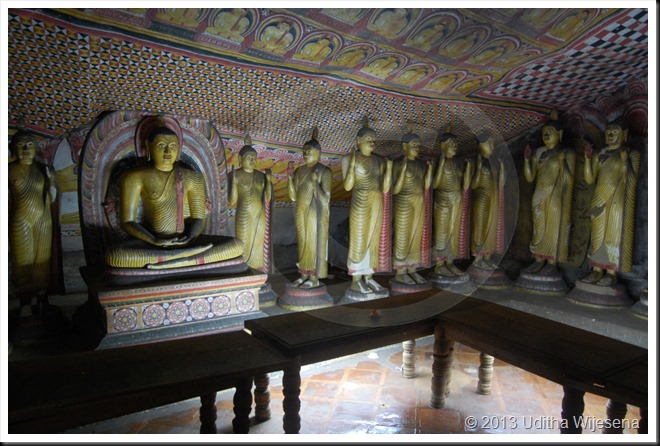

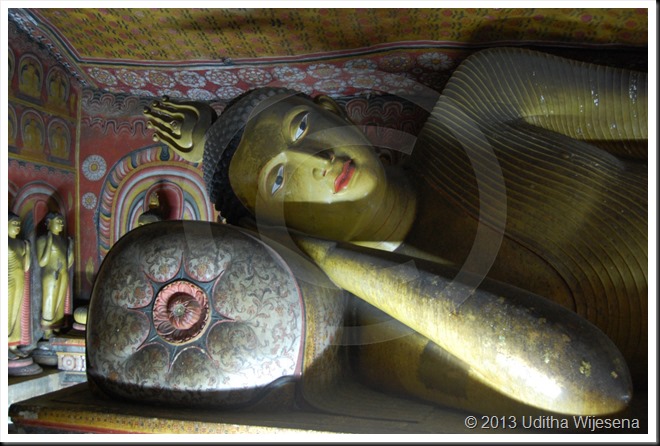
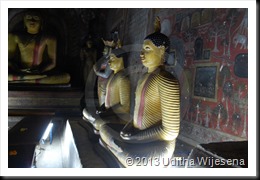
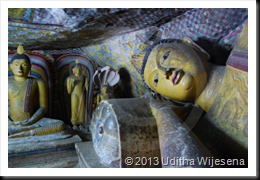
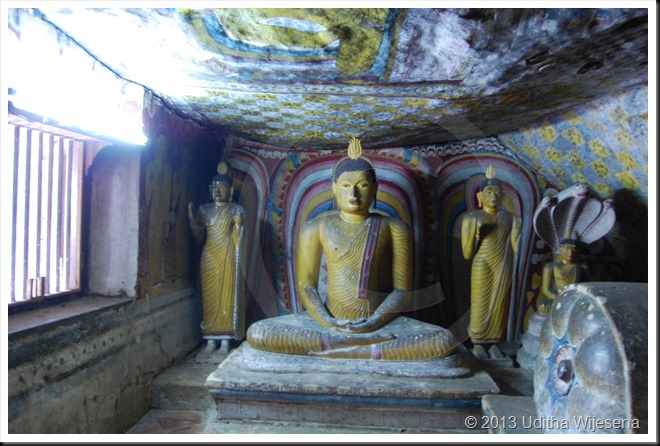
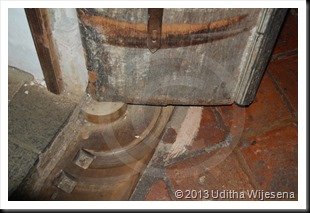

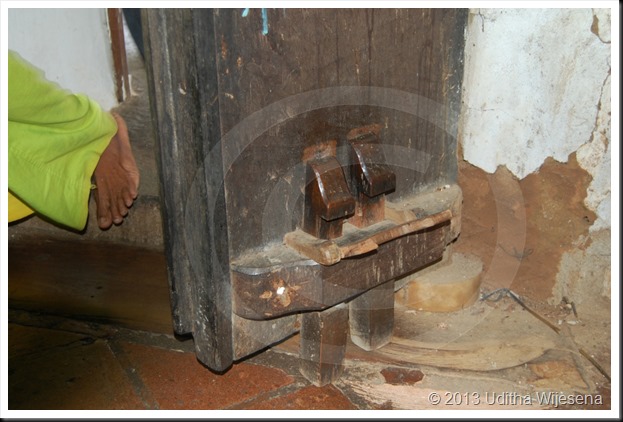
No comments:
Post a Comment